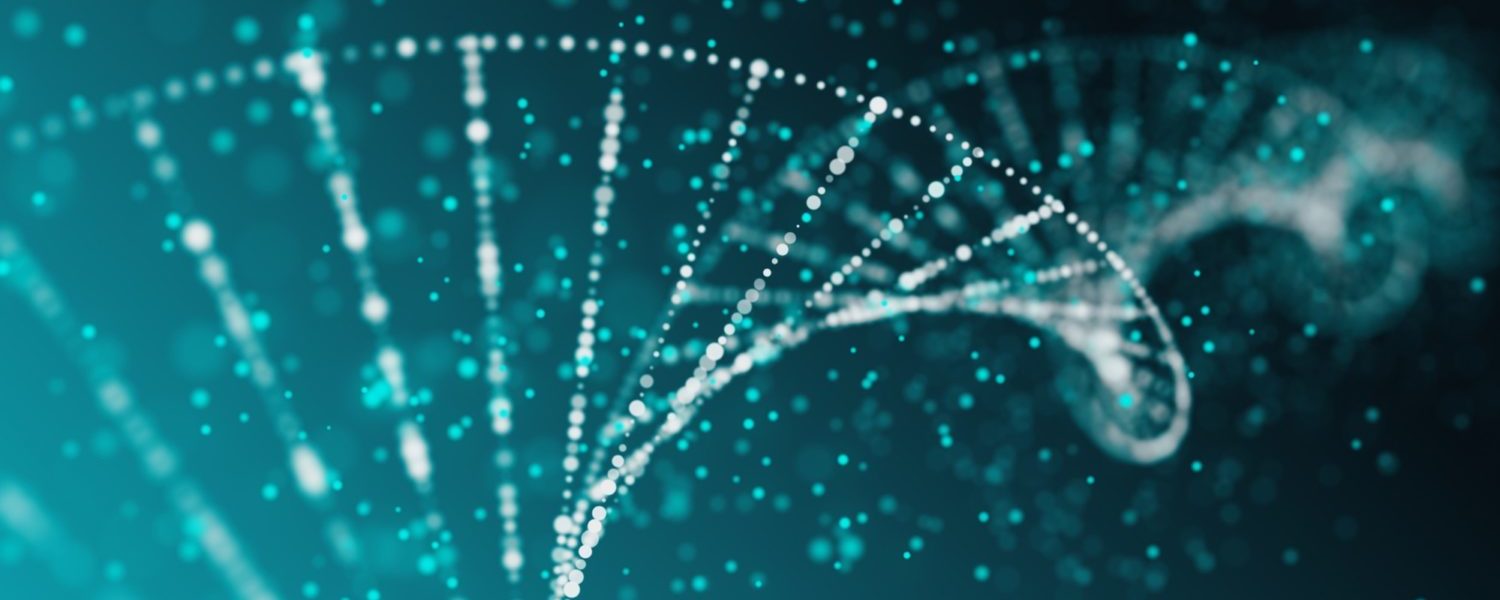What are the “excluded” droplets ? Why are they excluded?
The image analysis algorithm of Crystal Miner discriminates between true droplets and artefacts based on the following criteria:
- Size : a true droplet should have a minimum diameter and maximum diameter
- Shape : a true droplet should have a minimum circularity and a maximum eccentricity
- Texture : a true droplet should have a texture that is sufficiently similar to a dome texture around a fluorescence maximum.
Note that this decision is performed by a neural network algorithm based on a decision threshold named “m_identification_neural_network_threshold” in the .yaml configuration file (the closer this threshold is to 0 the higher the sensitivity of droplet detection, the closer to 1 the higher the specificity). - Saturation : a true droplet should not have a saturated fluorescence in any detection channel to avoid any information loss (saturation value is equal to 2^16 – 1 = 65535 RFU)
- Neighborhood : a true droplet should belong to a droplet crystal having a minimum and maximum density of true droplets (too sparse droplets or too overlapped droplets are excluded; droplets at crystal boundary or at pillar boundary are excluded to avoid any edge effect)
In the current version of Crystal Miner software, there is no way for the user to access the value of these criteria for each true droplet (green cross) or artefact (red cross) in the QC menu.
However, the user has the possibility to:
Access the content of the default image analysis configuration file, which is named “AnalysisConfiguration_GenericTemplate.yaml” and located in “C:\Program Files\Stilla\CrystalMiner\config\AnalysisConfiguration_GenericTemplate.yaml”
Duplicate this .yaml file and modify its content (i.e. the value of all criteria thresholds) for re-analysis purposes via “QC > Re-Anlayze”.
For future versions of the Crystal Mine software, we are considering the possibility to increase the user visibility on the multiple causes of droplet exclusion.
